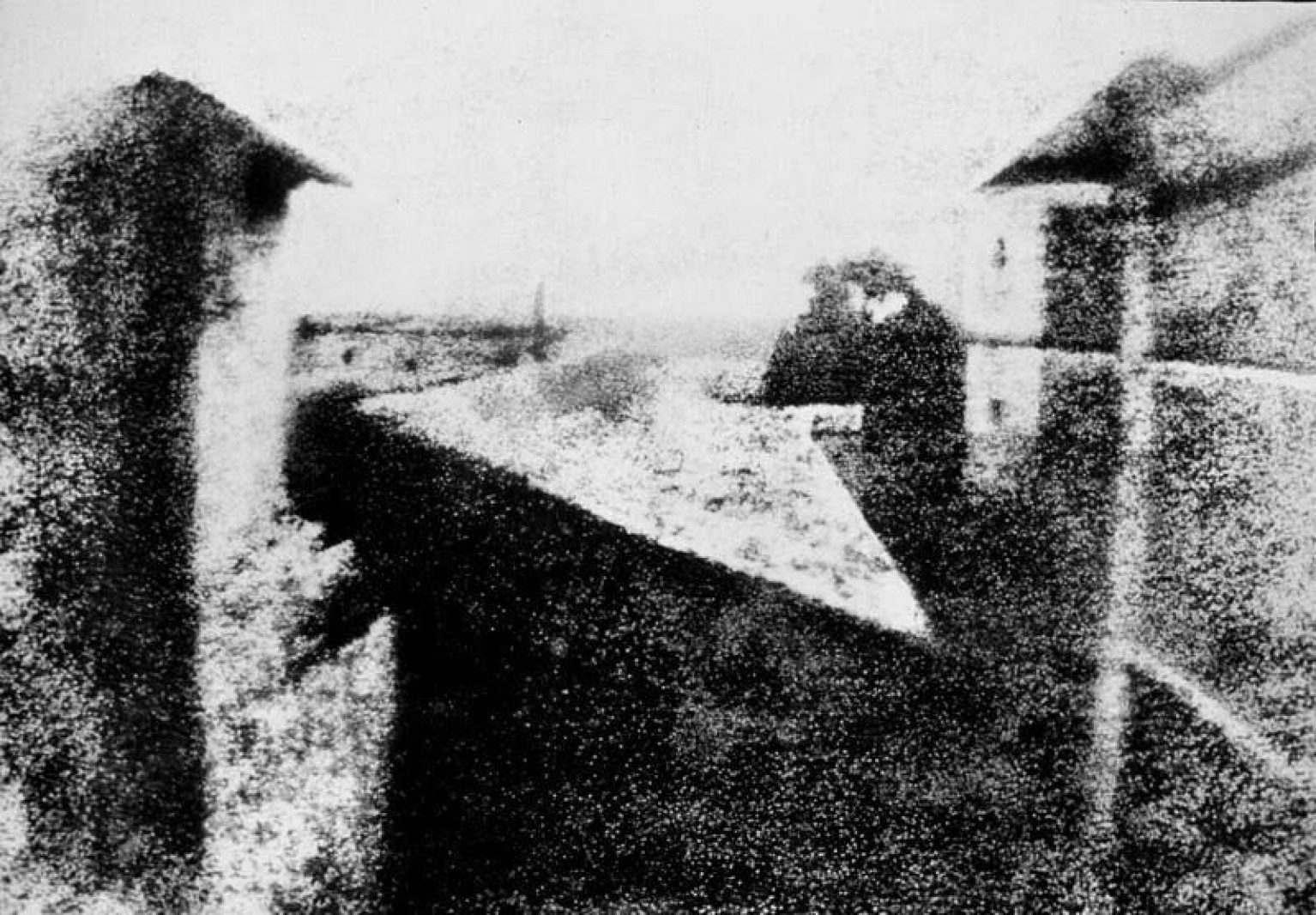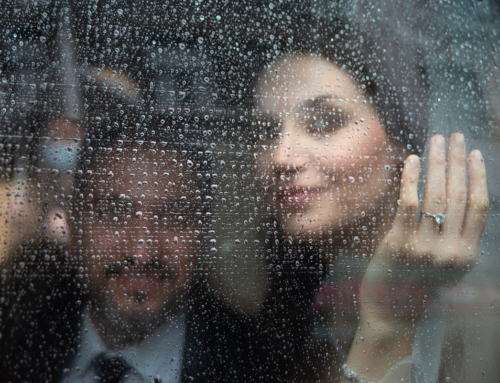The first photograph
These are boom times for photography. Just when you’d had enough of buying film and waiting for your snaps to be developed, along came digital cameras – and just as your computer hard drive was brimming with images of all kinds, along comes the photo-sharing site Instagram and other social media channels where photography rules.
It’s exciting to look back at the swift evolution of photography in just the last few years – and who knows where it’s going to go next. But did you ever wonder how it all got started in the first place? Who ever devised a way of capturing images, and when and how did they do it?
We have to take ourselves back to 1765, the year a Frenchman called Nicephore Niepce was born. He arrived into the world in Chalon-sur-Saône in the central-east of the country, one of four children to wealthy parents. In school he excelled in science but went on to have a career in the military, before eventually returning home to help run the family estate.
While back home, he collaborated with his older brother, Claude, who also had a keen interest in science, on an array of experiments. Together, they would invent the world’s first combustion engine that gave rise to what’s in our cars today. Nicephore was also interested in light, however, and how to use it to make images. He spent years trying to figure out how to do it, eventually coming up with a process he described as heliography.
In attempts to create the first ever photograph, Nicephore had tried combinations of all kinds of materials to try and capture an image using light. Some, especially using varnish, were initially successful, but the images quickly faded and Nicephore went back to the drawing board. At that time, a craze for lithographic engravings was sweeping France; they were made using an ancient and tarry substance called bitumen of Judea, also known as Syrian asphalt.
In 1826, Nicephore decided to try it, and he mixed bitumen of Judea powder with water to create a thick material that he slathered over a metal plate and dried over a flame. When the bitumen was dry, he placed the plate into a simple box camera that was looking out a window. After an enormous exposure time of around eight hours, Nicephore removed the plate and washed it in a mixture that contained white petroleum and oil of lavender – with the idea that this would dissolve bitumen that had not been rendered hard by light.
The result of this was an image made possible by hard bitumen, which gave light shades, and just the metal, representing darker shades. It was then just a matter of leaving the plate to dry in the air – and there you have it: the world’s first photograph. What was it of? A view from a window of Nicephore’s house showing buildings and a tree. It’s notable that the sun seems to shine at different angles, and this, of course, is due to the long exposure time and the Earth’s movement.




[…] our previous blog on the history of photography, we looked at the work of French amateur scientist and early […]
[…] The first photograph ever taken was by a French scientist named Joseph Nicéphore Niépce. He captured the image with a camera […]